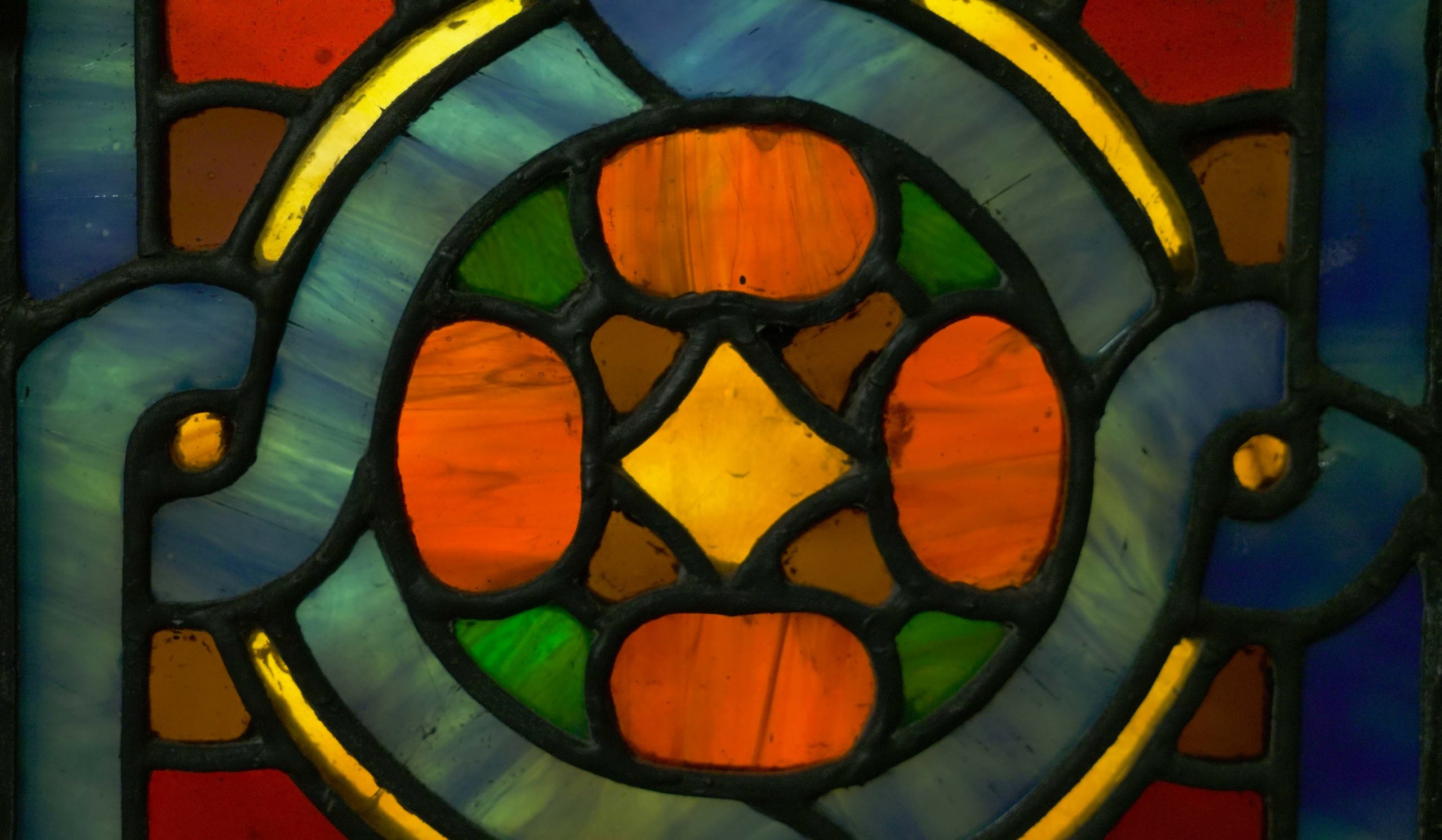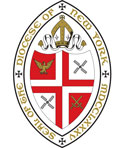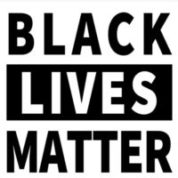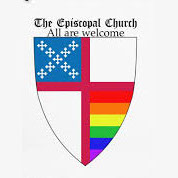Podcast: Play in new window | Download (Duration: 15:54 — 10.5MB)
Subscribe: Apple Podcasts | RSS
The Feast of St. Simon & St. Jude
And Jesus said to his disciples, I am giving you these commands so that you may love one another. And the disciples replied, Easier said than done.
Happy St Jude’s Day, everyone! Fall is a festive time for us here: we get to celebrate not one but two patronal feasts. Today is the second of those feasts, the feast of St Simon and St Jude. The first is the feast of St Michael and All Angels, which we celebrated at the beginning of October this year. But we leave the All Angels to another church, and today we leave St Simon to others as well. Maybe you could say that Michael and Jude leave their other partners and come together in a new relationship here for our community – one that we are still creating anew.
There’s something to it: by other partners I mean not just the other saints who share their feast days on the historical church calendar. St Michael’s and St Jude’s come together and leave behind the history of each church as it once existed, separate from one another. It is a tale of two churches; two churches that we are slowly, so slowly, realizing are really one.
Of course the two churches never were really separate from one another. They were products of a mindset that believed that a Black church and a white church should be ‘separate but equal,’ a painful euphemism that meant nothing of the sort. Yet despite that, the two communities did come together regularly, in worship, in children’s pageants and concerts. And they were connected financially as well. St Jude’s Chapel was begun first as an extension of St Cyprian’s, a Black church in the area of what is now Lincoln Center, but by 1919 St Michael’s had taken over administration of the chapel. St Michael’s endowment money built St Jude’s church and settlement house in 1921, and St Michael’s supported the chapel in its ministry to the Black and immigrant communities who made up the congregation. But when Robert Moses planned the destruction and renewal of the neighborhood around St Jude’s, many of that community dispersed. St Michael’s sold the chapel to the city, and it was demolished in 1957. Without St Michael’s support, St Jude’s could not continue to exist.
So on the one hand, St Jude’s needed St Michael’s. But it is also true that St Michael’s needed St Jude’s. And it still needs it today. Because despite that sad ending in 1957, in so many ways, St Jude’s continues on.
St Jude’s continues in the legacy of what St Michael’s became in the latter part of the twentieth century. It is part of what made St Michael’s a more diverse community. It can’t be overstated how unusual and precious this congregation is – not just for its Black-white diversity, but for the broad diversity of race, gender, sexual orientation, family type, socioeconomic status, age, and even religious diversity that we enjoy. We long for it to be more so, it’s still quite imperfect…but it is different from most of the other congregations in the Episcopal Church in this way. And I believe that St Jude’s, a home and hub for Black Episcopalians for 40 years, laid the groundwork. St Jude’s helped open the door for who this church is today, and now Diversity is one of our stated core values. Such a treasure to come out of such pain and suffering.
Because St Jude’s also continues in the hard questions it raises for us today. That altar that we will celebrate at today was the altar in St Jude’s Chapel. After the church was destroyed, the altar sat in storage for 50 years, like a bomb waiting to go off, waiting for the right time to begin to stir our spirits and consciences. St Michael’s people slowly began to ask the questions: Why was St Jude’s founded within the parish boundaries of another church? Why was that growing population of African-American and immigrant Anglicans and Episcopalians in this neighborhood not simply welcomed to St Michael’s? And then, why was St Jude’s demolished? Why was its neighborhood condemned and torn down as an act of ‘renewal’? What part did St Michael’s play in that story, in the decision to sell the chapel to the city, in the letter to the St Jude’s congregation encouraging them to find other churches, and not come to St Michael’s? What should we be learning from this? And more importantly, what reparations do we need to make for this history? It has taken a long time for these questions to be spoken, but now that they have been spoken, we can’t go back. We are in the thick of these questions now together.
But I think that most of all, St Jude’s continues in the legacy of the faithful resilience of that community. I’m going to speak in broad strokes here: Mainline Episcopalians are not generally known for their fervent commitment to Christ. The dominant strain of our tradition has sometimes found it all too easy to perch on the edge, ‘in’ as long as the church supports us in our political leanings and provides us with friends for our social life….’out’ as soon as we don’t like something, or when hard times come along. Of course I’m not talking about everyone, I grew up in an Episcopal congregation – white, suburban – with many powerful faith warriors in it. But the stereotype doesn’t come out of a vacuum, right? The white mainline church overall has been flagging for years. We know that.
Black churches and immigrant churches, though, they know something about continuing on through hard times. About the power of Jesus to sustain us when the political winds blow hard, or when others despise us for who we are. About staying faithful to the community even when the leaders aren’t the best. About the power of prayer and what it really means when we say ‘I’ll pray for you.’ About waiting for 50, 60, 70 years and more as the mainstream culture flounders around and finally starts trying to figure it out. Christianity is a faith of the marginalized and dispossessed, those whom Howard Thurman calls the ones with their backs against the wall. It is a faith that is strongest when things are tough. It is not a faith that deepens when the whole world smiles on you. That’s the hard truth.
And so there’s a tragic but nonetheless holy story of sacrifice in how St Jude’s continues on in this place. For the people who loved that church, who were married in front of that altar, who learned and rejoiced in that building, it is too little, too late for us to say now, we are sorry, what a loss that it is gone. And yet in God’s economy, nothing is wasted. Suffering and sacrifice are redeemed, and life comes out of death. And what is lost is made whole. What is divided is brought together. And new things are born. Even new communities, realizing God’s purpose and intention, even when we failed to understand it for far too long.
St Paul, writing to the early church, tells the Gentiles and the Jews, two groups living ‘separate but equal’ lives, that Christ has brought them together: ‘For Christ is our peace; in his flesh he has made both groups into one and has broken down the dividing wall, that is, the hostility between us…You are no longer strangers and aliens…you are one new humanity in place of two.’ Powerful words. Powerful witness. But you know those two groups took a long, long time to live that out. We’re still trying to live that out. We’re still learning to love one another.
There is much to mourn in the story of St Jude’s and St Michael’s, two separate churches, and in the story of the closure of St Jude’s especially. But God didn’t end the story there. What happened then is giving birth to what is happening now, and what will happen on into the future. We’re not done yet now either. But God is faithful; Christ is our peace. And what we do here, done faithfully in return, will be blessed. We can trust in God for that. Amen.





